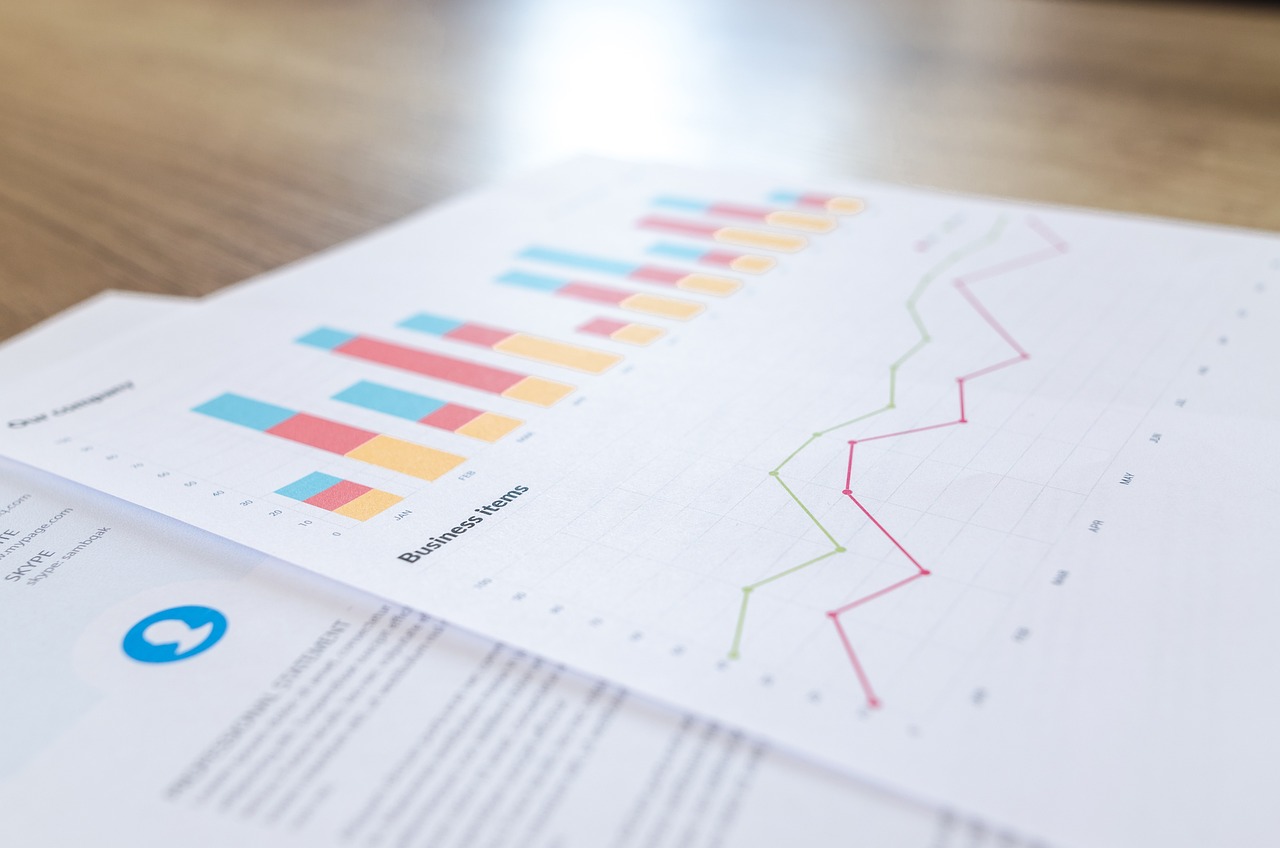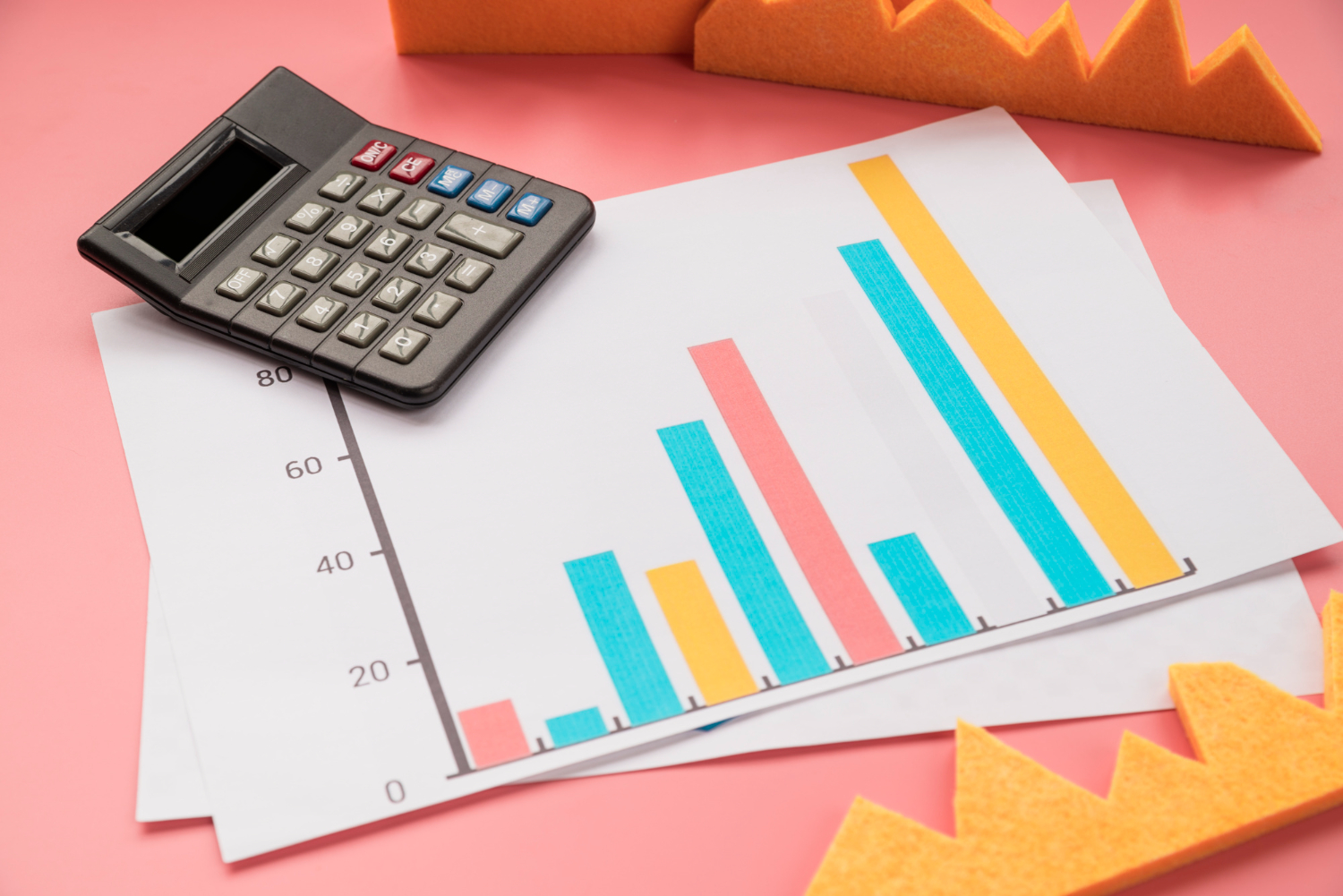

When looking at budgeting and financial scenario modelling for restaurants, identifying and understanding the effects that events and decisions will have on demands for your product line is key.
By shifting to financial scenario modelling, you will be able to plan for multiple outcomes more accurately. You will also be able to assess the impacts that your business decisions may have on your future finances.
Leaders in the food and beverage industry are actively engaging their upstream and downstream supply chains to identify possible demand signals that may impact their market.
To succeed in the consumer products industry, you need to accurately understand demand – not only sensing what is happening within your organization, but also keeping a pulse on market trends and the competitive landscape.
You need to gauge changes in demand, analyze buying trends, then respond quickly and profitably. But to do so, you have to aggregate large amounts of data from both internal and third-party sources.
Additionally, the effect that the pandemic has had on the industry has seen restaurateurs needing to consider additional demand signals such as the enforcing and easing of restrictions, social distancing, pandemic recovery efforts and more.
With the many unknowns of the outbreak and how economic conditions will respond, rather than relying on point estimate forecasts, it is key to carve out a minimum of three or four different scenarios.
These scenarios should be built out in several milestones, relating to the wider social recovery, that may affect your demand.
By placing a focus on milestones that will indicate what recovery in this industry will look like across your channel mix, you will be more readily able to anticipate the flow of demand.
It is crucial to identify when demand in your channel mix will begin to shift back to the pre-outbreak baseline. By doing so, you will be more readily able to plan for each possible outcome.
In this post, I’ll be covering:
- The importance of running more than one financial projection scenario
- 2021 Scenario planning, budgeting and forecasting tips for restaurants
- Specialised scenario analysis software like Brixx can help you more easily and accurately model potential financial scenarios
- Final thoughts
The importance of running more than one financial projection scenario
Most startups and small businesses don’t bother creating a budget, or forecasting their financial results for the upcoming year, but there are a number of reasons why you should spend some time at the beginning of the year and create some forecasts for the year ahead.
For restaurants, even the already established ones, a financial forecast or projection should be a priority considering the many challenges faced within the industry (not counting in the effects the global pandemic has had on the sector).
Although, you shouldn’t wait for the beginning of the year to begin budgeting and forecasting for your restaurant or business – this should be one of the first points on your to do list no matter when you start planning for the next 12 months
So why are financial projections beneficial for your restaurant?
- Easily know when your restaurant will be able to hire additional staff or whether it’s time to trim down
- You will be able to estimate what additional funding you may need from investors or lenders
- More accurately predict the volume of sales you will need to expand your business
- Forecast potential cash flow and expenses to help you develop milestones for success
- And more…
“You can never go too far wrong by thinking like a customer who’s new to the business.” – Richard Branson, founder of Virgin (@richardbranson)
In general, most restaurants should create at least three financial projection scenarios for the year in order to be able to more effectively plan for the good, the bad and the ugly.
1. Plan for the most likely case
The easiest thing to do is to start with what you did last year if you are already an established restaurant as this is probably the best predictor of the next 12 months. However, newer businesses and startups may not have this information to leverage but we cover how you can create forecasts with no previous data in our article “How to Create an Effective Financial Forecast With No Historical Data”. But if your established business grew, for example, 5% in the last year, you may assume that the same growth rate is likely to continue for the next 12 months.
This is the type of most likely scenario to be planning for.
2. Hope for the best case
Next, you should dream big and come up with a best case scenario. This should show you your sales projections if everything goes your way over the next 12 months. This could include planning for retaining current clients, increasing the number of new customers coming into your restaurant, being able to expand on your premises and more. This scenario should still be based on data, and should still be realistic.
3. Be prepared for the worst case
Finally, it is important to plan for the worst case scenario. This is similar to stress testing at banks. For example, you should be able to stress test your business to know what would happen if you: lost a percentage of your client base; your supply cost increases; you lose an important employee; and so on.
By conducting these tests you will be able to better mitigate these risks and avoid the worst case scenario by knowing how to better prepare for it.
2021 Scenario planning, budgeting and forecasting tips for restaurants
When it comes to budgeting, the process allows you to better align on objectives and financial targets.
In normal circumstances, budgeting is already tricky. You must consider many variables in terms of revenue levers, including:
- Input costs for food, liquor, and labor
- Operating costs for occupancy and other necessary expenses
- General and administrative costs
- And more…
The uncertainties of COVID-19 create even greater complexities for restaurants to make and achieve a plan – seeing the need for running multiple financial scenarios in order to be better prepared for any storms that may arise during the upcoming year.
The additional factors that you may need to consider when beginning your budgeting process for the next 12 months, depending where your restaurant is based, can include:
- New government programs that provided financial assistance in 2020 and 2021
- Timing associated with deferrals of various costs, such as employee and employer payroll tax deferrals, etc
- New debt commitments
- New or upcoming interest commitments
- Unforgiven loans
- Revenue seasonality
- Year-over-year monthly changes in top-line sales
- New lease or vendor liabilities that have been deferred or adjusted
In mentioning the above, sales levels will likely be the most difficult line item to budget for in the upcoming year. In the planning process, it would be helpful to make a list of any planned initiatives for the financial quarters that will increase sales. These can include (but are not limited to):
- Online sales enhancements
- Planned pricing changes
- Off-premise delivery increase
- Drive-in window installation
- Expanded patio for next season
Labour estimates should follow estimated sales levels. Most restaurants have determined their new staffing needs for the revenue levels they are currently experiencing. Once you’ve decided to implement any new strategies or tactics, determine the impact on your headcount. Consider whether you plan to continue to curtail hours of operation, reduce menu offerings, or lean into off-premise sales as much as possible. All of these decisions impact labor and need to be a part of next year’s planning.
Determine your current sales per labor hour and use that number to inform your labor budget, and to figure out the labor costs that support your revenue targets. Create a budget by hour, by day, and by role, to determine what amount of labor cost is incurred for each hour of operation (as well as prep for opening and closing times). Create these labor models for seasonal times as well — a “winter” model, a “summer” model, etc. — as needed, depending on your location and climate.
Keep operating and administrative costs as low as possible while still meeting commitments for required compliance with your local tax collection agencies, health authorities, safety regulators and government authorities. Examine administrative staffing levels to determine if all roles are necessary and essential to have in-house. Explore outsourcing options that can assist at a lower cost than an in-house full-time equivalent employee with benefits. For example, consider hiring consultants for:
- Food and liquor cost management
- Human resources
- Social media
- Accounting
Incorporate scenario planning as you budget and forecast for the next 12 months. Pull together several versions of the budget: worst-case, expected, best-case, as examples. Incorporate assumptions around sales levels to determine how that impacts labor and food cost. Complete a break-even analysis by identifying all variable and fixed costs, to understand the minimum sales levels needed to hit your break-even point.
Forecasting is where you make a copy of your budget and then override it with actuals each period to be able to predict the full year. Institute a regular process, either monthly or quarterly, to analyze recent revenue and expense trends. Make updates to future months accordingly, with additional insights and knowledge gained since the initial budget was created. You can also create a “rolling forecast” that can provide a look at the projected financials for 12 months at a time.
Specialised software like Brixx can help you more easily and accurately model potential financial scenarios
Scenario plans, ultimately, tell a story with many possible endings. Crafting the narrative requires a clear set of assumptions about potential business realities and ensuing outcomes.
Scenario planning helps decision-makers identify ranges of potential outcomes and impacts, evaluate responses and manage for both positive and negative possibilities.
- By visualizing potential risks and opportunities, businesses can become proactive versus simply reacting to events
- There are a number of templates and formalized frameworks for scenario planning. What’s important is choosing a method that works for your team
If anything magnifies the value of scenario planning, it’s a pandemic — even if most companies didn’t have “economy grinds to a halt” in their modeling. In the context of a business, scenario planning is a way to assert control over an uncertain world by identifying assumptions about the future and determining how your organization will respond.
By building organizational awareness of what could happen, leaders may spot warning signs of brewing challenges and respond accordingly. When a worst-case event arises, scenario planning documents add tremendous value by playing out multiple outcomes and listing immediate steps to contain damage. Plans are also valuable for best-case scenarios — say a product goes viral and demand spikes 300% overnight? What if an acquisition opportunity lands unexpectedly? Are you prepared?
While many restaurants and businesses choose to use the more traditional spreadsheet method for planning and forecasting, there are specialist financial modelling tools like Brixx that are available to make the process a lot smoother.
Brixx is a business modelling tool that can help you take a peek into your business’ future.
By building a picture of your business with components that represent your business activities Brixx can help you get an understanding of the impact of the decisions you make, before you make them!
Its unique time-based modelling capabilities make Brixx a flexible tool for beginners and accountants alike. With the ability to plan up to 10 years in advance, you can do your financial planning and analysis efficiently and easily, without the need for experts (and their large salaries!)
No jargon here, just your business and its activities. Brixx even integrates into Xero to help you compare your forecasts to actuals with ease!
While many restaurants may still be on the fence about whether to use a tool for financial forecasting or stick with the spreadsheet method, we’ve written an article that takes you through the pros and cons of using spreadsheets for forecasts to help you make a more informed decision on what would work best for your business – “Excel And Google Sheets vs Software For Financial Forecasting”
Final thoughts
In today’s uncertain times, planning for your company’s future is crucial. Whether you choose to make use of spreadsheets or specialised tools to model various financial scenarios for your restaurant, having multiple plans in place is key to survival in an ever-changing industry.
More and more tools like Brixx are offering free trials or free plans to help you get a feel for what modelling your businesses future could look like, why not take a tour to see how you can more easily implement and execute financial scenario modelling without any obligation. Our free forecasting tool is bound to impress.
We have a large collection of resources on the Brixx Blog that can help navigate you through the basics of financial modelling, scenario planning and more.













